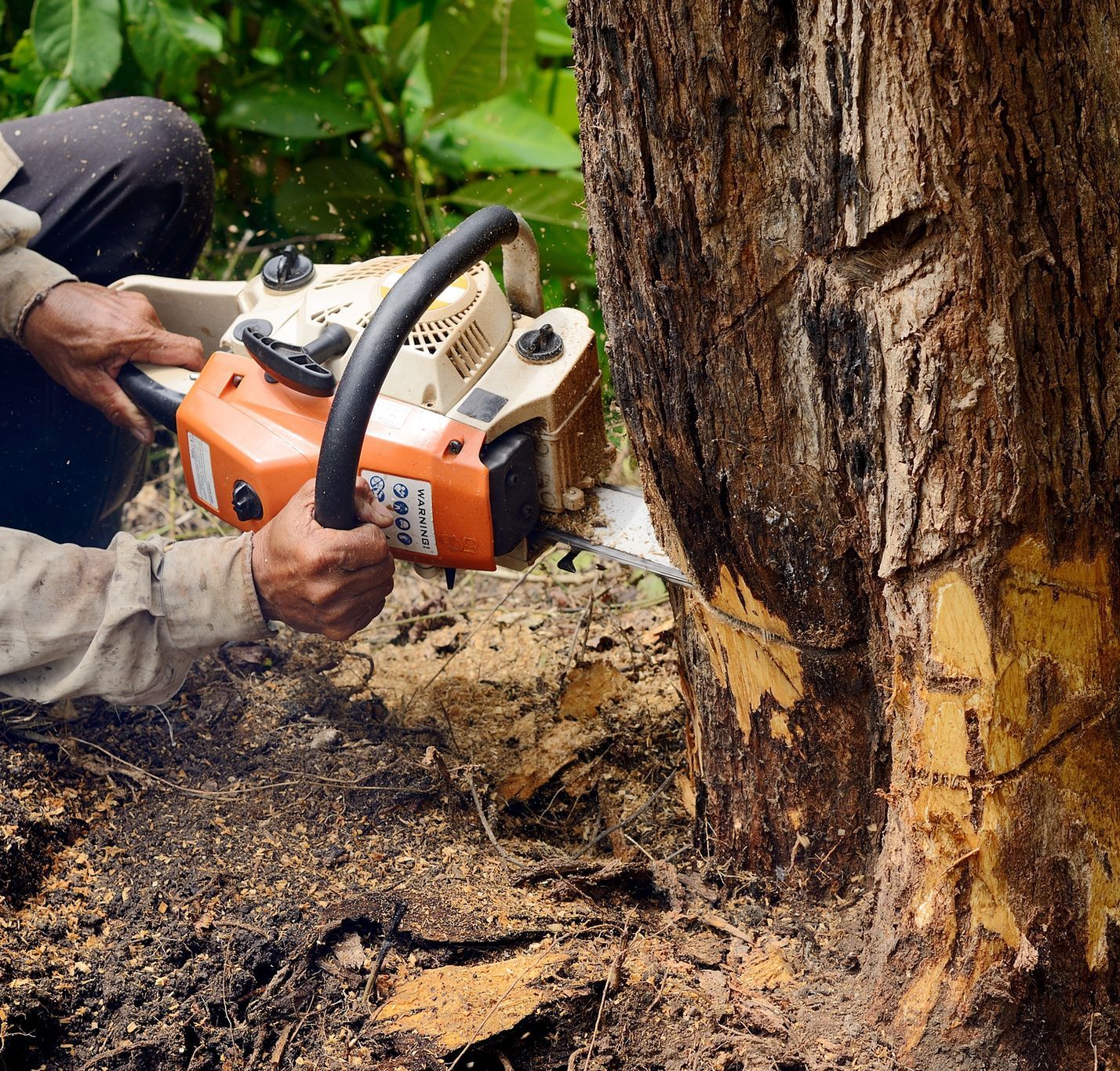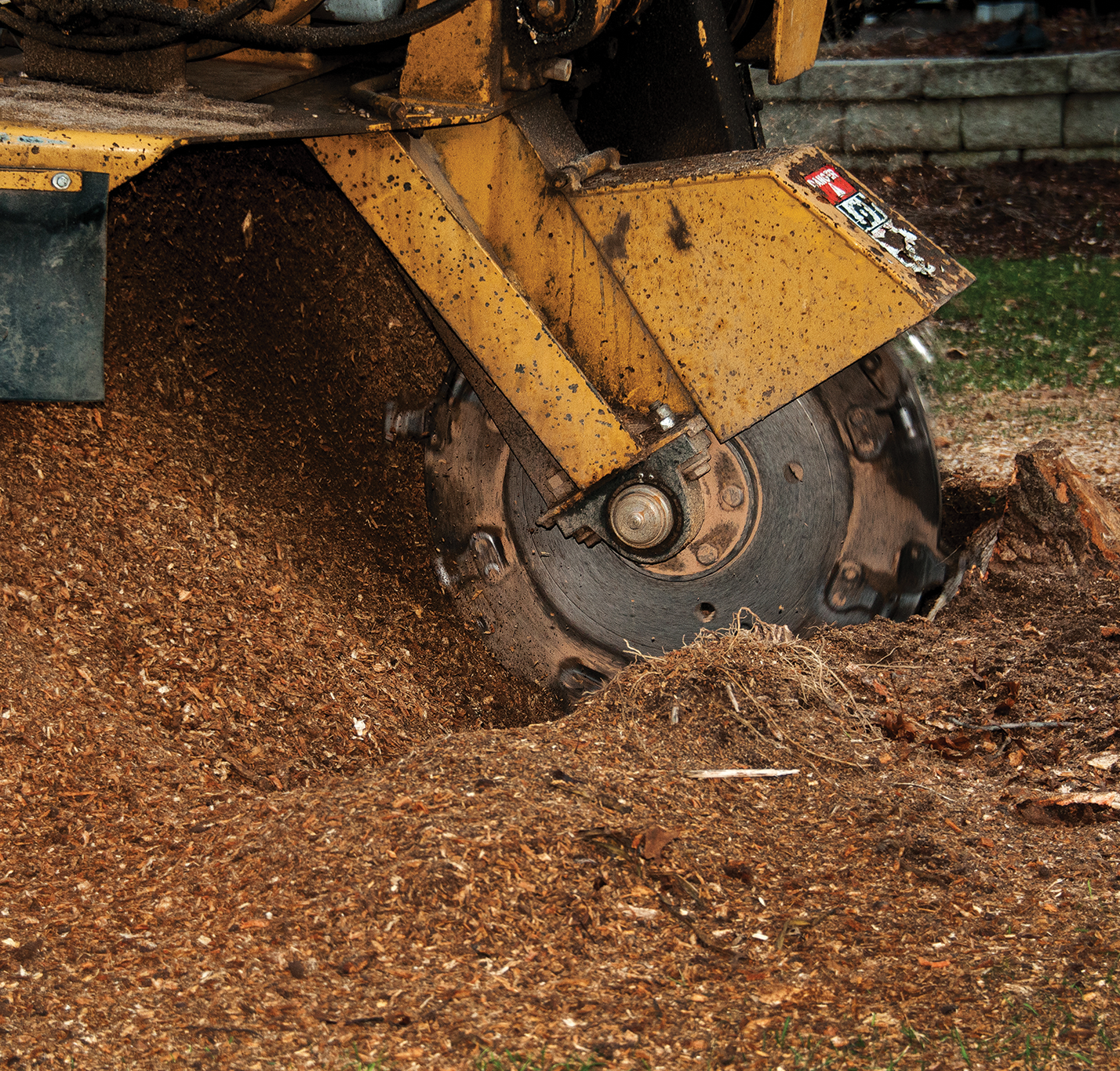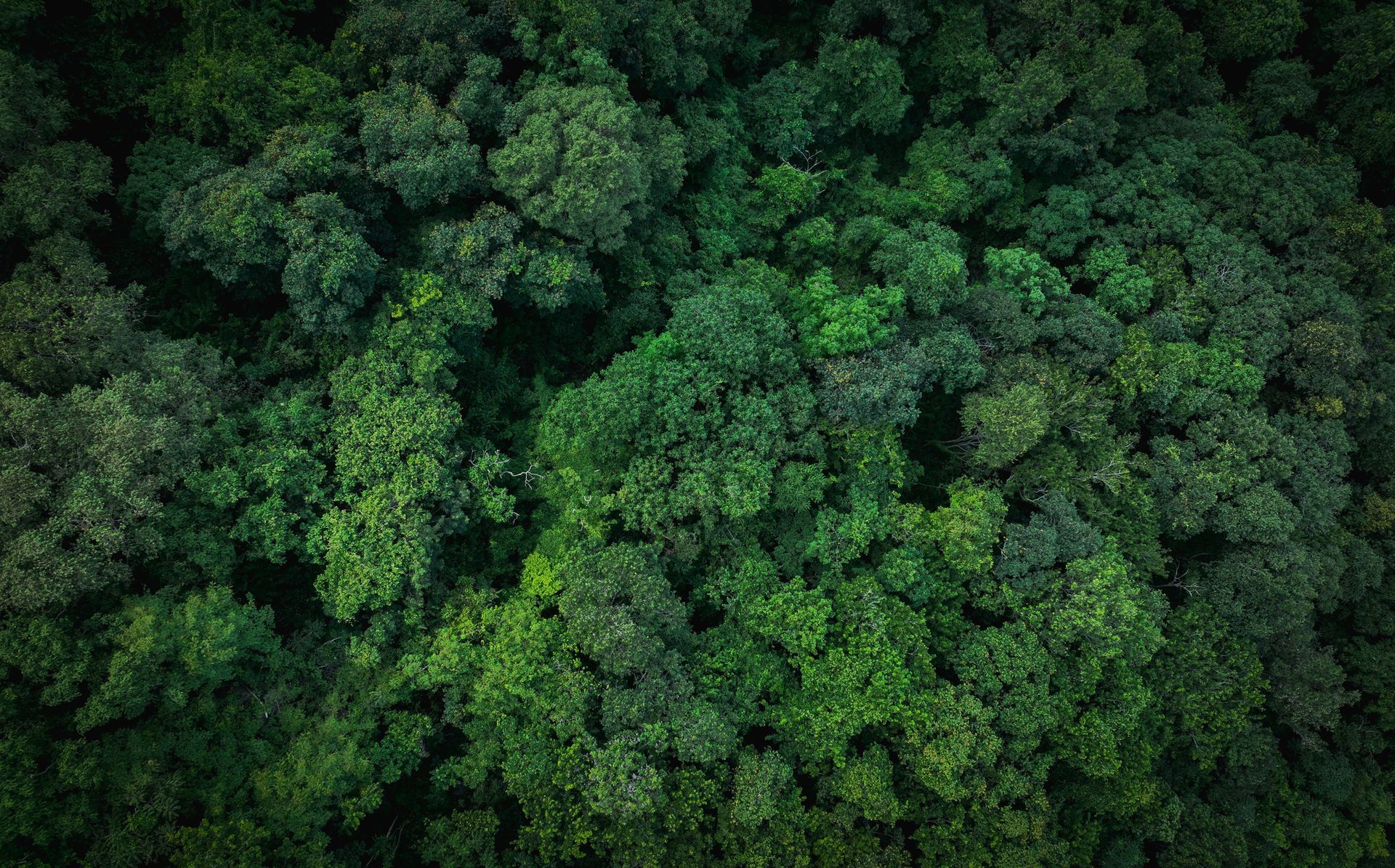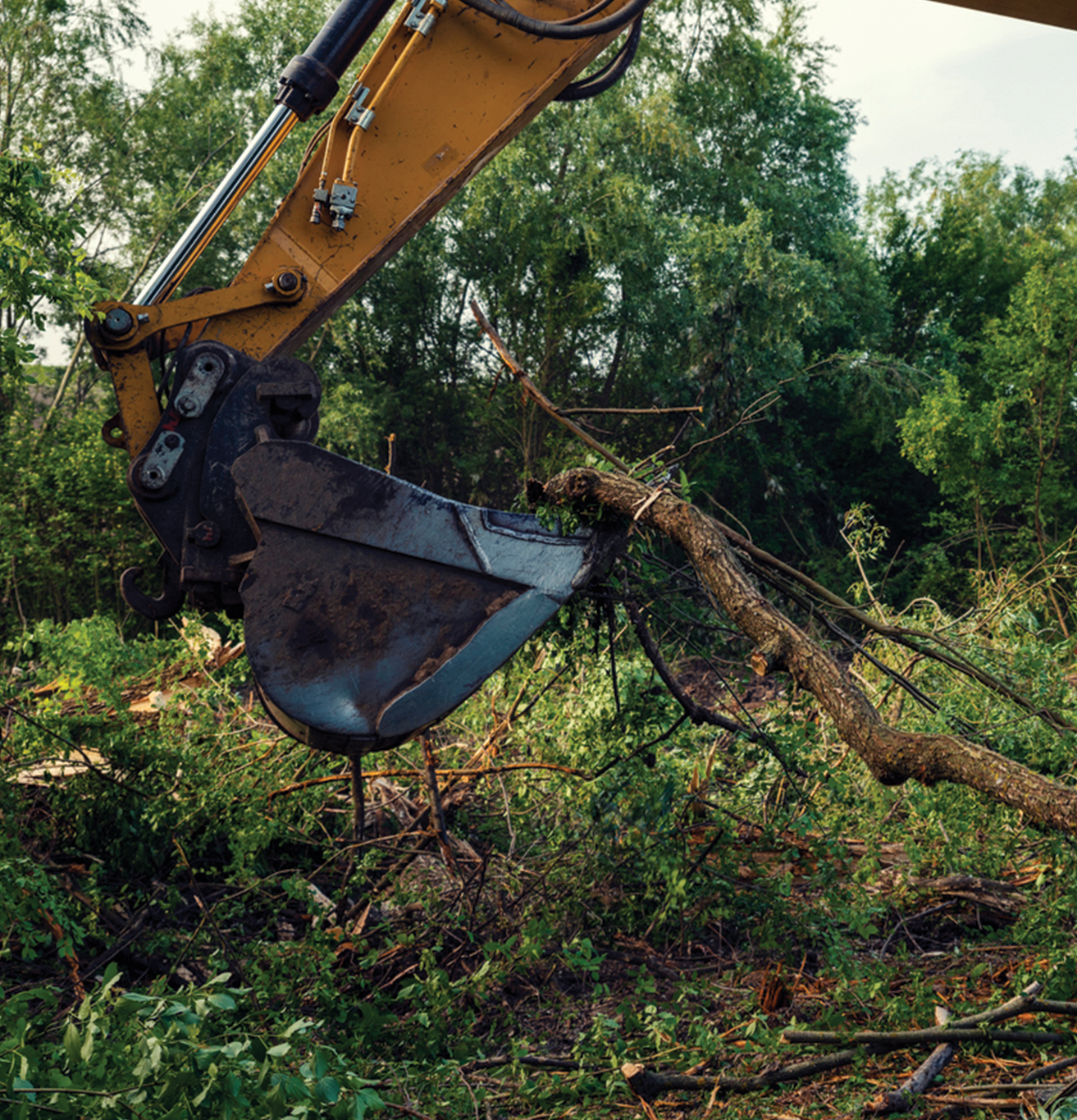Tree Pest Library – Columbia, MO
Identify, Prevent, and Treat Common Tree Pests in Mid-Missouri
SERVING: JEFFERSON CITY, MO, FULTON, MO & SURROUNDING AREAS
Explore detailed guides on the most common insect and disease threats to trees in Columbia, Jefferson City, and surrounding Missouri areas. From signs of infestation to treatment options, our Tree Pest Library gives homeowners and property managers expert insights to protect their landscapes year-round.
Emerald Ash Borer (Agrilus planipennis)
Description:
A metallic green beetle known for its destructive impact on ash trees. Larvae feed on the inner bark, disrupting the tree's ability to transport water and nutrients.
Signs of Infestation:
- D-shaped exit holes in the bark
- Canopy thinning and dieback
- Increased woodpecker activity
- Affected Trees:
- Primarily ash species.
Treatment Options:
Systemic insecticides can be effective if applied early. In cases of severe infestation, tree removal may be necessary.
Sunscald
Description:
A bark-damaging condition caused by sudden temperature changes during winter, typically affecting young or thin-barked trees.
Signs of Infestation:
- Discolored, sunken bark patches (often on the south/southwest side)
- Cracking or peeling bark
- Dead bark tissue appearing after winter
Affected Trees:
Young ornamental trees such as maples, lindens, fruit trees, and others with smooth bark.
Treatment Options:
Wrap trunks with tree guards in winter; maintain mulch rings to protect roots and reduce temperature fluctuations.
Stem Girdling Roots
Description:
Roots encircling the trunk can hinder water and nutrient flow to the tree, leading to health issues. This restriction impacts growth and the tree's ability to thrive, making it more vulnerable to stress and disease over time.
Signs of Infestation:
- Trunk flare is absent or below soil level
- Reduced canopy growth
- Leaning tree or dieback
Affected Trees:
Maples, ash, linden, and other urban trees.
Treatment Options:
Root collar excavation and selective root pruning by a certified arborist. Avoid planting trees too deep.
Fire Blight
Description:
A bacterial disease that blackens and curls shoots and branches, giving them a scorched appearance.
Signs of Infestation:
- "Shepherd’s crook" wilted tips
- Oozing cankers on branches
- Sudden dieback during warm, wet weather
Affected Trees:
Ornamental pears, apples, crabapples, quince, and other members of the rose family.
Treatment Options:
Prune infected limbs 8–12 inches below symptoms during dry weather. Copper-based bactericides may be used preventatively.
Aphids
Description:
Small, soft-bodied insects that feed on plant sap, often found in clusters on new growth.
Signs of Infestation:
- Curling or distorted leaves
- Sticky honeydew on foliage
- Presence of ants attracted to sap
Affected Trees:
Maples, ash, birch, and most ornamental and shade trees.
Treatment Options:
Blast off with water or apply insecticidal soap. Introduce beneficial insects like ladybugs.








